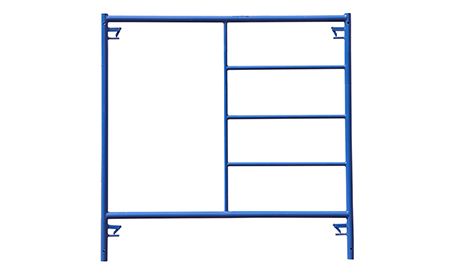
When someone asks "Which scaffold is more load-bearing", he/she usually wants to know the maximum expected load of the scaffold. In addition to quality and safety, the bearing capacity of scaffolding is also something we need to pay attention to. It is important to understand what the maximum expected load means to help ensure that workers are following the correct scaffolding safety measures. We are talking about the load-bearing capacity of the scaffolding system.
Before erecting scaffolding, we need to confirm the maximum expected load and rated load capacity. Knowing this data is important to help scaffolders build the scaffolding safely and workers to use the scaffolding system efficiently.
What is the meaning of maximum expected load? The maximum expected load of a scaffold is the combined weight of workers, construction materials, tools and equipment, transmission loads, and other loads reasonably applied to the scaffold or its components. This is important for calculating the maximum pressure the scaffold can withstand.
Scaffolding and components must not be loaded beyond their rated capacity or maximum expected load, whichever is less. There are three types of scaffolding that are classified by weight. And each type of scaffolding has a specific maximum capacity.
The rated load capacity of the scaffold is defined as follows.
Rated load capacity of scaffolding
light
"standard"
25 pounds per square foot (apply evenly)
medium load
"Bricklayer"
50 pounds per square foot (apply evenly)
heavy
"Rock Faller"
75 pounds per square foot (applied evenly)
Before setting up the scaffolding, you can contact the engineer to confirm the maximum expected load and his rated load capacity. If your team cannot confirm the load capacity data, you can contact the manufacturer or supplier. To learn more about load carrying capacity and scaffolding safety, or if you are interested in our scaffolding products, please contact us online.